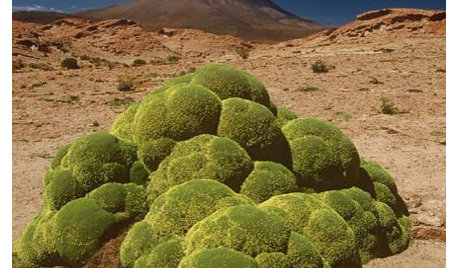Any advice on strange Larkspur phenomenon
bfff_tx
18 years ago
Related Stories

FUN HOUZZ31 True Tales of Remodeling Gone Wild
Drugs, sex, excess — the home design industry is rife with stories that will blow your mind, or at least leave you scratching your head
Full Story
MOST POPULAROrganizing? Don’t Forget the Essential First Step
Simplify the process of getting your home in order by taking it one step at a time. Here’s how to get on the right path
Full Story
PETSHouzz Pets Survey: Who Rules the House — Dogs or Cats?
New data shows that pets make people happy, and pet owners love spending big to return the favor
Full Story
EDIBLE GARDENSNatural Ways to Get Rid of Weeds in Your Garden
Use these techniques to help prevent the spread of weeds and to learn about your soil
Full Story
GREAT HOME PROJECTSHow to Create a Secret Doorway Behind a Bookcase
Hide your valuables (or unsightly necessities) in a room or nook that no one will guess is there
Full Story
LANDSCAPE DESIGNLet Nature Inspire Your Landscape: Devise a Desert Garden
Looking for the ultimate low-maintenance plant picks? Nature is way ahead of you
Full Story





honeybunny442
flowerfarmer
Related Professionals
Fort Lee Landscape Architects & Landscape Designers · Prairie Ridge Landscape Architects & Landscape Designers · Mooresville Landscape Contractors · Azalea Park Landscape Contractors · Fort Hunt Landscape Contractors · Leicester Landscape Contractors · Mashpee Landscape Contractors · Monterey Landscape Contractors · New Braunfels Landscape Contractors · North Highlands Landscape Contractors · Painesville Landscape Contractors · Pleasant Prairie Landscape Contractors · Winchester Landscape Contractors · Woodburn Landscape Contractors · Clearfield Landscape Contractorsbfff_txOriginal Author
flowerfarmer
bfff_txOriginal Author